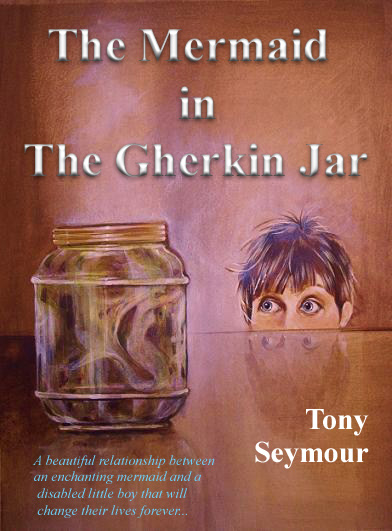July 2012 sees the ninth disability pride parade. But it’s about more than bright colours and fancy floats…
Last week I wrote about a five-year-old girl with cerebral palsy, called Lakay Roberts who had been banned from using her metal walking frame at school. Such acts of discrimination are not hard to uncover and demonstrate that there is still a long way to go before the rights of disabled people are truly recognised and protected.
However, these third party attacks on the freedoms of disabled people only represent one dimension in the battle for equality. For there is an enemy far more damaging than these instances of individual stupidity or ignorance. It is an adversary who is rarely spoken about, yet he haunts almost every disabled person. A cunning creature, he seldom shows himself in physical form. Instead, he prefers to express himself in feelings of self loathing or inferiority. Who is this dark figure to whom I refer?! His name is ‘Shame’.
Wily though he may be, he arguably represents the largest obstacle to disabled people’s ability to play a full role in society and is perhaps the most difficult challenge facing disability civil rights movement. Defeating him will not be easy, but it is a fight that the annual Disability Pride Parade in Chicago fully intends to win.
Now in its ninth year, the parade will be held on 21 July 2012 and will bring together a range of people from across the disability spectrum. It promises an occasion filled with games, fun activities and, of course, wonderfully designed and decorated carnival floats! Nevertheless, like most parades these celebrations underpin a more serious aim.
The three key objectives for the Disability Pride Parade are “To change the way people think about and define ‘disability’; to break down and end the internalised shame among people with disabilities; and to promote the belief in society that disability is a natural and beautiful part of human diversity…”
These aims are as bold as they are important , but their realisation will be a slow campaign. One difficulty is that unlike many other civil rights movements, disabled people have no shared history or cultural heritage on which to draw. This is not helped by the fact that the organisations that represent and support them rarely communicate between each other.
In this respect, it could be argued that charities have a pivotal part to play in creating an identifiable ‘disability culture’ that disabled people can relate to. To this end perhaps more needs to be done to establish links between disability organisations and promote a more cohesive network to which disabled people can relate.
One thing is certain, society can only go so far in encouraging disabled people to play their part. Passing laws to protect and uphold disability rights is not enough. There is little point in having disability discrimination laws, noted the organisers of the Disability Pride Parade, if people will not exercise the rights under them because they are too ashamed to identify themselves as disabled.
In this respect, the parade’s role in integrating disabled people into society should not be underestimated. Disabilities in all their forms are not things to hide and excuse, but are characteristics to be proud of. It is only when disabled people realise this and banish their sense of shame altogether, that they will become true players in society with a crucial contribution to make. As Dr. Martin Luther King Jr. once so eloquently observed: “As long as the mind is enslaved, the body can never be free.”
Should you wish to find out more about the Disability Pride Parade 2012 in Chicago, USA, please visit: http://www.disabilityprideparade.com/
